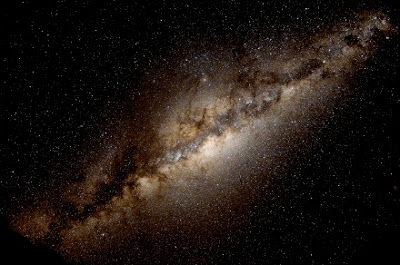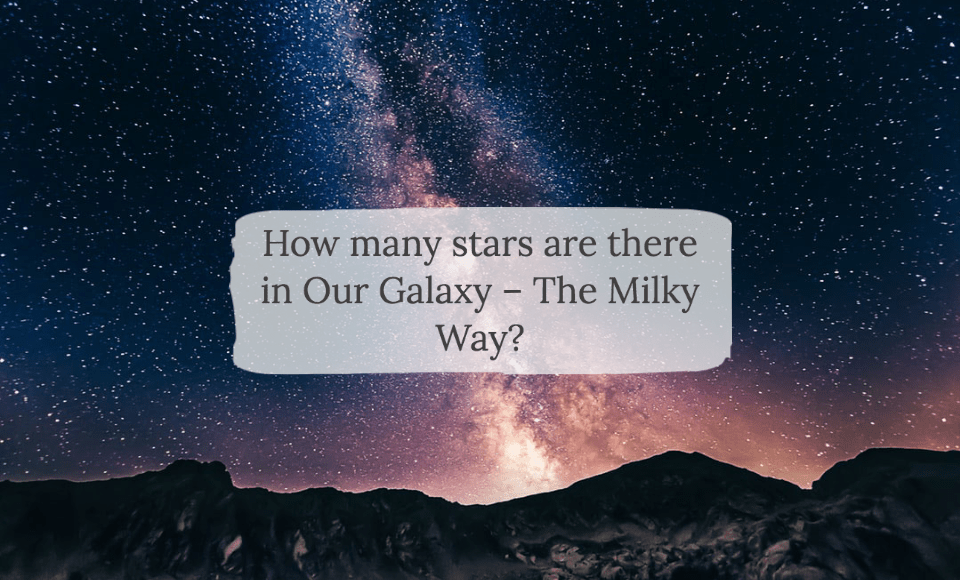Earth resides in the Milky Way. It is a vast galaxy whose part is viewable on Earth during the night as a belt of stars, extending across the clear sky. Thousands of them are visible with the naked eye, and even more, if you use a telescope. But, have you ever wondered how many stars are there in our galaxy – The Milky Way?
Truth to be told, the question is an interesting yet challenging question to answer. While experts and astronomers can make estimates, none of them is a solid 100% answer.
Why so? First, it isn’t possible to sit around and simply count the stars in the Milky Way one by one. The galaxy isn’t just filled with stars. There are also gas and dust clouds shrouding the visibility of faraway stars, even when using a telescope.
 |
| The Milky Way |
All we can do is use estimates to gauge the number of stars present in the galaxy. Experts and astronomers use different models and tracks backward to get the possible number of stars in the Milky Way.
In making estimates, astronomers calculate the mass of the Milky Way, and the percentage of that mass that stars account for. It is estimated that our galaxy is about 960 billion as much as the Sun. However, as mentioned, not only stars make up the galaxy as there are also gas, dust, and even dark matter.
Dark matter, however, still puzzles scientists as it is still unknown what comprises it. What is certain is that the gravity from the dark matter has a significant effect on a star’s orbit around the center of the galaxy. The faster the stars move, the more dark matter is present.
It is believed that nearly 90 percent of the composition of the Milky Way is dark matter. So, once you deduct gas, dust, and dark matter, the remaining mass left for the stars is around 30 to billion suns.
However, that is only the estimated mass, and the number of stars present in the galaxy is extremely more than that. Stars come in varying sizes, ranging from 8 percent of the Sun’s mass to around 20 times as massive. But, tiny stars are more common than larger ones.
We’ve deduced how much percentage stars account for in the galaxy. Then, we were able to note that there are more tiny stars than large ones. So, are we now able to tell the actual number of stars in the Milky Way?
Sort of. There are many other steps and considerations involved in the guesswork of knowing how many stars are there in the galaxy. That implies that many estimates are also made by different people who studied the field. Generally, the number of stars can be around 200 billion to 400 billion. Though, there are higher numbers given, stating that there could be up to 1 trillion stars in the Milky Way.
Any way you view it, that’s undeniably a lot of stars. That is only for the Milky Way, though. There are other galaxies in Space, which also contains billions to trillions of stars of their own – we just have to appreciate how massive Space is.
More reading:
Star count (Wikipedia)
Milky Way Galaxy (Wikipedia)
Related posts:
- How did our Milky Way Galaxy originate? What led to the formation of such a huge entity?
- What is the exact number of stars? What method is used by the astronomers to count them?
- Why has Pluto been demoted being classified as a dwarf planet?
- How can space or the universe be both infinite and expanding at the same time?
- Who named our galaxy the Milky Way? And why it is named so?
